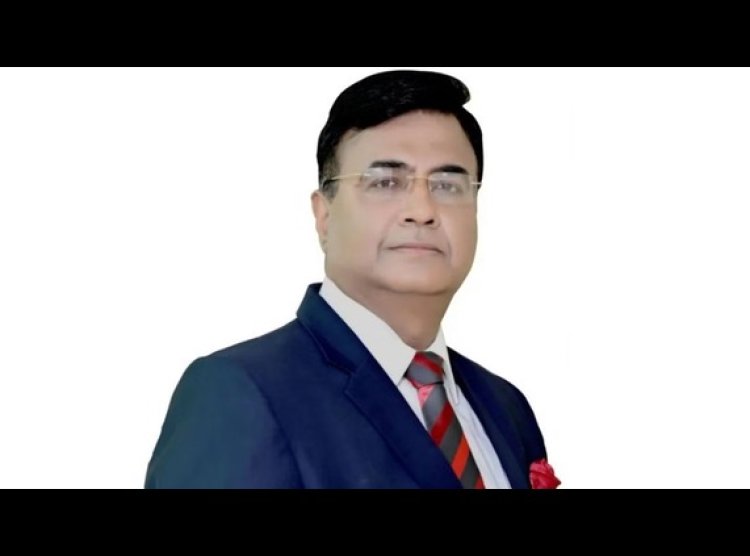Maruti Suzuki Embraces Digital Marketing with Hyperlocal Tools and CRM
Leveraging data analytics and innovative strategies, Maruti Suzuki enhances consumer outreach, focusing on personalized communication and customer experience improvement across multiple platforms

Maruti Suzuki is set to prioritize digital marketing this year, utilizing hyperlocal tools, data analytics, and CRM programs to enhance its consumer outreach. Partho Banerjee, Senior Executive Officer of Marketing and Sales at Maruti Suzuki India emphasized the importance of digital marketing in effectively communicating new launches to consumers.
Banerjee highlighted the use of hyperlocal tools like Google My Business to connect with customers on a personal level. Leveraging its extensive customer database, the company employs data analytics and CRM programs to boost outreach. Additionally, Maruti Suzuki is exploring innovations across digital platforms, out-of-home advertising, and traditional media to maintain a robust and consistent brand presence.
The focus on hyper-local marketing, a call-to-action strategy, is accompanied by a revamped website aimed at enhancing customer experience. According to Banerjee, the speed of response is a key differentiator. With nearly 4,000 sales outlets nationwide, Maruti Suzuki can quickly engage with potential car buyers within a 10 km radius. The integration of digital efforts with field teams allows the company to communicate efficiently through channel partners, significantly impacting the auto industry.
Maruti Suzuki has also advertised at major events like the ICC Men’s T20 World Cup and Euro Cup, while actively engaging on OTT platforms and traditional channels. This comprehensive approach ensures a strong brand presence across various mediums.
In the last fiscal year, the company’s marketing expenditure was around Rs 1,200 crores, with 35% allocated to digital marketing and 65% to traditional marketing, including print, TV, and out-of-home activities. Banerjee, who took on his role on April 1, emphasizes enhancing customer experience and increasing Maruti Suzuki's brand equity as his primary goals. Understanding customer needs more deeply and addressing them effectively, while pitching the right products, is crucial for achieving these objectives.
In May, Maruti Suzuki launched the fourth-generation Swift "Epic." In the first two months alone, it achieved nearly 35,000 sales, solely from the petrol variant, as the CNG variant is yet to be launched. Last year, monthly sales averaged 10,000 to 11,000 petrol vehicles, with an additional 2,500 to 3,500 units from CNG. The company also offers multiple options in the entry-level small car segment, including Alto K10, Celerio, and S-Presso.
Banerjee notes that the "Epic" launch has revitalized the premium hatchback segment. He believes that a strong comeback of the hatchback segment is essential for increasing car penetration and motorization in India. Currently, the hatchback segment accounts for about 28% of total passenger vehicle sales, with premium hatchbacks contributing nearly 60% of total hatchback sales. While it may take two to three years for the segment to make a significant comeback, Banerjee asserts that not everyone will directly upgrade to mid-SUVs or premium SUVs.
Maruti Suzuki also introduced a subscription model for the new Swift at Rs 17,436 per month. This model, although new in India, is popular in the US. It caters to customers who need a car for a short duration, offering the convenience of using a car for eight to nine months or a year and then returning it. The subscription model has recently crossed the 10,000 mark, with significant traction in metro cities like Bengaluru and Hyderabad. This model covers servicing, breakdowns, and other maintenance costs, requiring customers only to fill up fuel and drive.
A dedicated team focuses on targeted marketing for the subscription model, identifying customer profiles and pitching the benefits directly to them, rather than using mass media. This approach is expected to help the model gain broader acceptance over time.

 Sumit Rawat
Sumit Rawat 










